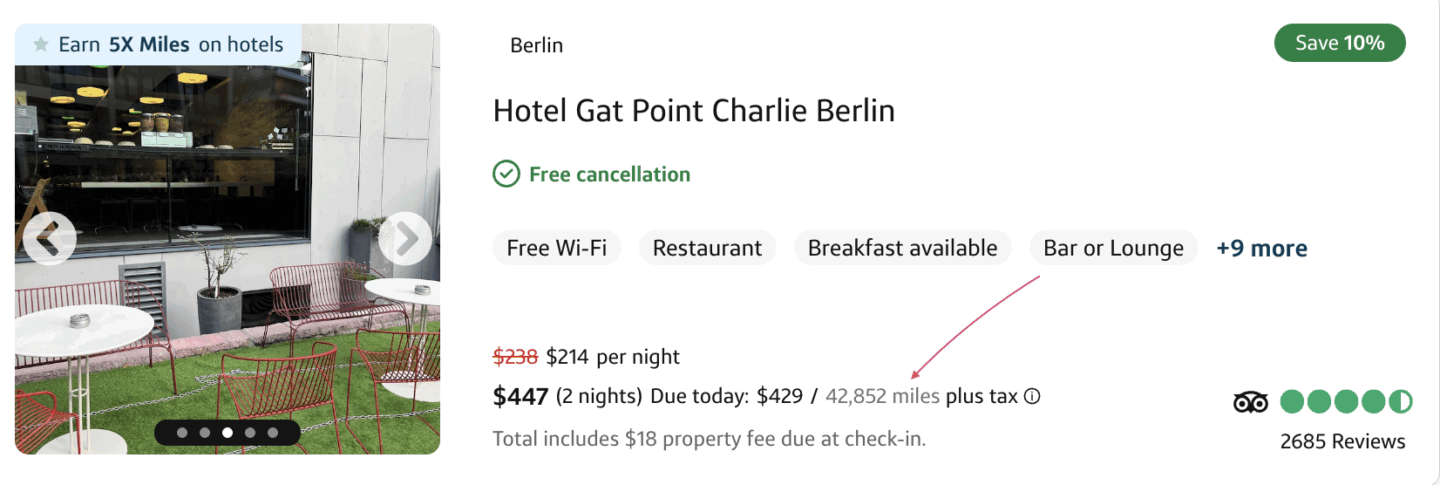Travel Planning
Plan it right from the start!
It should come as no surprise to you that a key to a great trip is all in the planning! And while you’ll likely never get everything 100% perfect the first couple times around you will save yourself a lot of stress and mishaps with those recouses.
Below is a collection of posts, travel resource sites, and links that I use when planning a trip.
A Solo Woman Traveling uses human-written content that contains affiliate links and is a member of Amazon Services LLC. When you make a purchase on a link, we may receive a small commission. This is at no extra cost to you. See Our Affiliate Policy and Advertiser Disclosure for more info.
My Top Travel Resources All In One Place
Everything You Need For Your Trip

Apps & Websites
Planning Resources
Travel Gear
Luggage & Packing

Tips & Guides
Traveling With Dogs
The Easiest Way I’ve Saved Hundreds on Travel
Solo travel can get expensive! So don’t waste anytime on educating yourself how you can actually stay for FREE by utilitzing credit card points!
Example: On my recent 2-night stay in Berlin, I only had to pay the hotel tax because I was taking advantage of the points I had from my card.

Not Sure Which Credit Card Might Be Right For You? Check out the new Card Match Tool powered by The Points Guy, and get matched with the best cards for you! *Note may not display all available offers.
My Go-To Travel Booking Sites
Getting Around
Skyscanner
Skyscanner is my go-to when looking for flights! Check out the ‘Explore Anywhere’ feature and find the cheapest flights and new travel destinations. Search by date or month to snag the best deals!
Directions
When it comes to navigating from place to place, I like having Google Maps on my phone. You can make some pre-pinned maps and use them on arrival. Download it today!
Airport Pickup
This is the best airport pickup service I’ve ever used, offering timely, and exceptionally friendly drivers. It ensures a seamless, stress-free travel experience from the moment you land!
Rental Cars
When searching for rental cars, I always use Discover Cars. It compares options from multiple providers, finds the best deals in one place, and includes reliable customer reviews to help you choose with confidence!
Ferries
There are many third-party ferry booking sites, but the best one is Ferry Hopper! I love it because it has an efficient app for easy bookings and a handy “track your ferry” feature, which is super convenient.
Trains
I use the Omio app for train travel because it’s super convenient. Instead of downloading different train apps for each country, Omio lets me book tickets easily and keep them all in one place! Check out Omio today!
Accommodations
Booking.com
I am a sucker for using sites that have programs that help you save and rack up travel rewards. This is why I use booking.com when looking for hotels and apartments.
Expedia
Another hotel booking site that offers good deals and top-notch discounts is Expedia. Check out their loyalty program, One Key for travel rewards on bookings!
Hotels.com
Hotels.com is part of the One Key travel rewards program (as well as VBRO). Get special prices and rack up points to take $$ off your stays!
Connection & Protection
Nord VPN
It can be risky to use public WIFI without a VPN. So, if you are looking for top-notch protection, check out Nord VPN and all their services.
Faye Insurance
Travel Insurance made simple with Faye! They offer competitive rates and have a network of over 20K telemedicine doctors available in 21 languages.
Airalo Esim
Stay connected with Airalo Esim! One of the best Esim providers on the market! More affordable and reliable than upgrading with your own coverage!
More Resources
Grab A Pre-Pinned Map
Google Maps
There is nothing like landing at your destination with all the best restaurants, bars and points of interested already downloaded in your photne!
Get access to the maps I have created over the years here!









